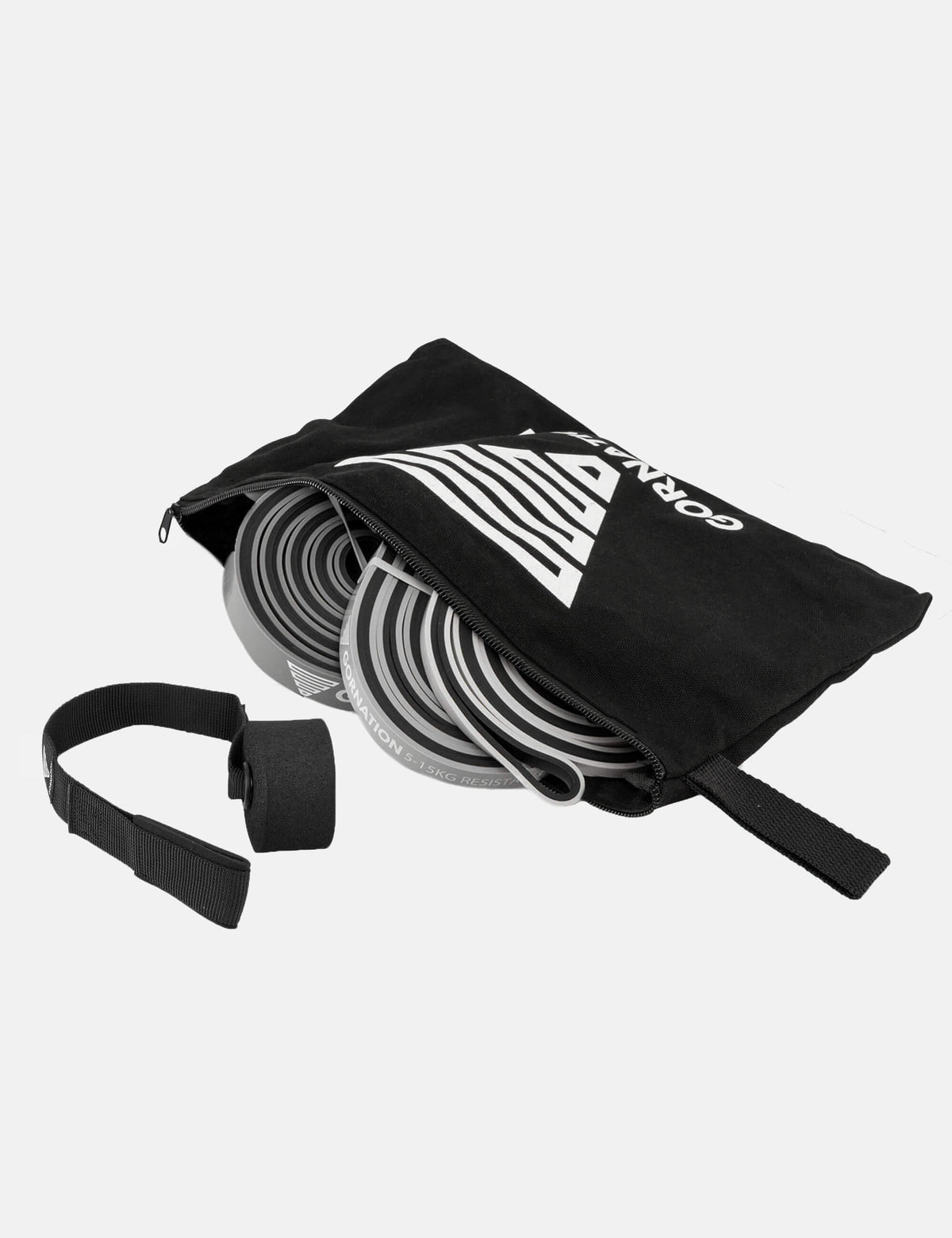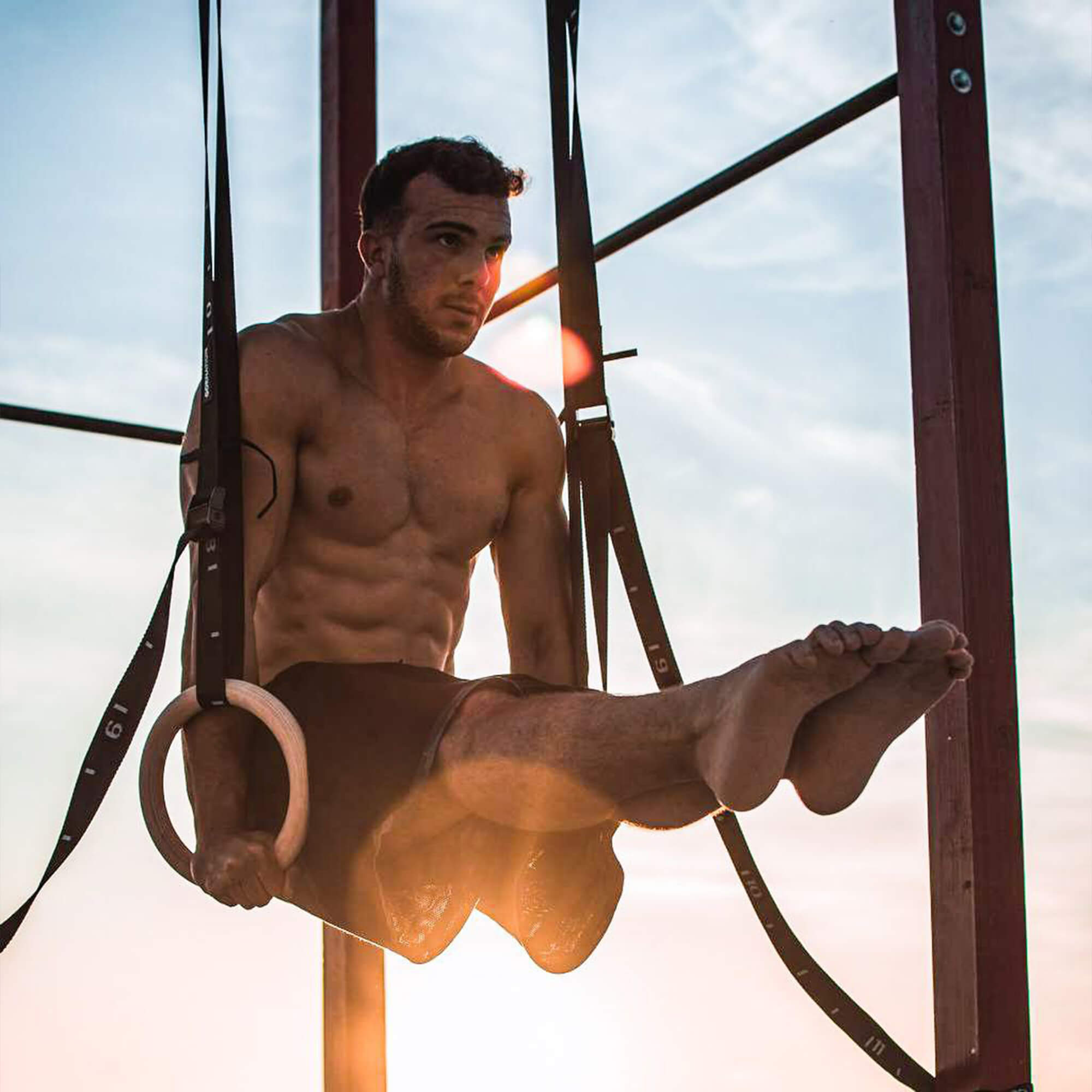Squats: The Founding Father of Strength Exercises – Tips for Mastering This Essential Movement
Famous, infamous, and respected. Whether in powerlifting, bodybuilding, or calisthenics and street lifting, the squat is one of the most popular and effective exercises for building muscle. It forms the foundation of general strength training. But don’t be fooled—it’s not as simple as it seems. Improve your performance with our tips.

Why Should You Train Squats?
Squats are among the most effective exercises because they engage large muscle groups like the quads, glutes, hamstrings, and core simultaneously. Activating these muscles leads to high calorie consumption and boosts metabolism, which supports long-term muscle growth and fat loss. Moreover, squats enhance functional strength and core stability, which help us stay stable and injury-free during daily activities like lifting, bending, or carrying heavy loads.
1. Preparation
Perfect squat form starts with a stable setup and proper posture. Stand with your feet about shoulder-width apart and your toes slightly pointing outward to create a solid base. Engage your core to keep your midsection activated and protect your lower back throughout the movement. Keep your gaze straight ahead and your chest upright to maintain a neutral spine and encourage good posture. This starting position ensures the squat is performed safely and effectively.
2. Execution
The squat motion begins with a controlled descent. Push your hips back and down, as if sitting on an imaginary chair. At the lowest point, your hips should ideally sit just below knee level, while your back remains in a neutral position to protect your spine. As you rise, drive through your heels to return to the starting position, ensuring your legs and glutes do most of the work.

Common Mistakes
To master the squat, it’s crucial to avoid common mistakes that can reduce the effectiveness of the exercise and increase the risk of injury.
- Knees Caving In: This places stress on the joints and compromises movement stability. Focus on pushing your knees slightly outward throughout the motion. Using resistance bands can help reinforce proper alignment.
- Leaning Too Far Forward: This overburdens the lower back and shoulders. Keep your chest lifted and avoid excessive forward tilt.
- Rounding Your Back: A rounded back often stems from weak core stability. Reduce the weight and focus on improving your posture with targeted core exercises.
- Heels Lifting Off the Ground: This indicates poor weight distribution. Keep the pressure on your heels, and if needed, place small plates under them to help maintain balance.
- Limited Depth: Struggling to squat deep enough is often due to restricted hip or ankle mobility. Incorporate mobility exercises to increase flexibility and achieve more effective squats.
Variations
There are numerous squat variations that target different muscle groups and add variety to your training:
- Bodyweight Squats: Ideal for beginners or warm-ups, these help you master the basic squat technique.
- Goblet Squats: Holding a dumbbell in front of your chest promotes balance and improves form.
- Back Squats: Using a barbell on your shoulders, this classic squat is perfect for overall leg development.
- Front Squats: With the barbell in front of your chest, this variation emphasizes core and upper body strength.
- Bulgarian Split Squats: A single-leg variation that enhances balance and stability while isolating leg muscles.
- Box Squats: Performed with a bench or box to control depth and refine your technique.
- Pistol Squats: A challenging one-legged variation that requires balance, strength, and mobility, perfect for advanced athletes.

Conclusion
Squats are one of the most fundamental and effective exercises in strength training and deserve a spot in every workout routine. They target major muscle groups, improve core stability, and offer functional strength that’s invaluable in daily life. With the right technique and preparation, squats can be performed safely and effectively.
Avoid common mistakes like knees caving in, heels lifting, or rounding your back by making conscious adjustments and using helpful tools. The wide variety of squat variations—from classic back squats to goblet, front squats, and advanced pistol squats—makes this exercise exciting and adaptable for both beginners and advanced athletes. By mastering proper form and exploring different variations, you’ll not only build strength but also enhance stability and mobility, making squats a true cornerstone of your fitness journey.
 | 3.100+ Reviews
| 3.100+ Reviews Free EU Shipping above 100€*
Free EU Shipping above 100€* Worldwide Tracked Shipping
Worldwide Tracked Shipping












